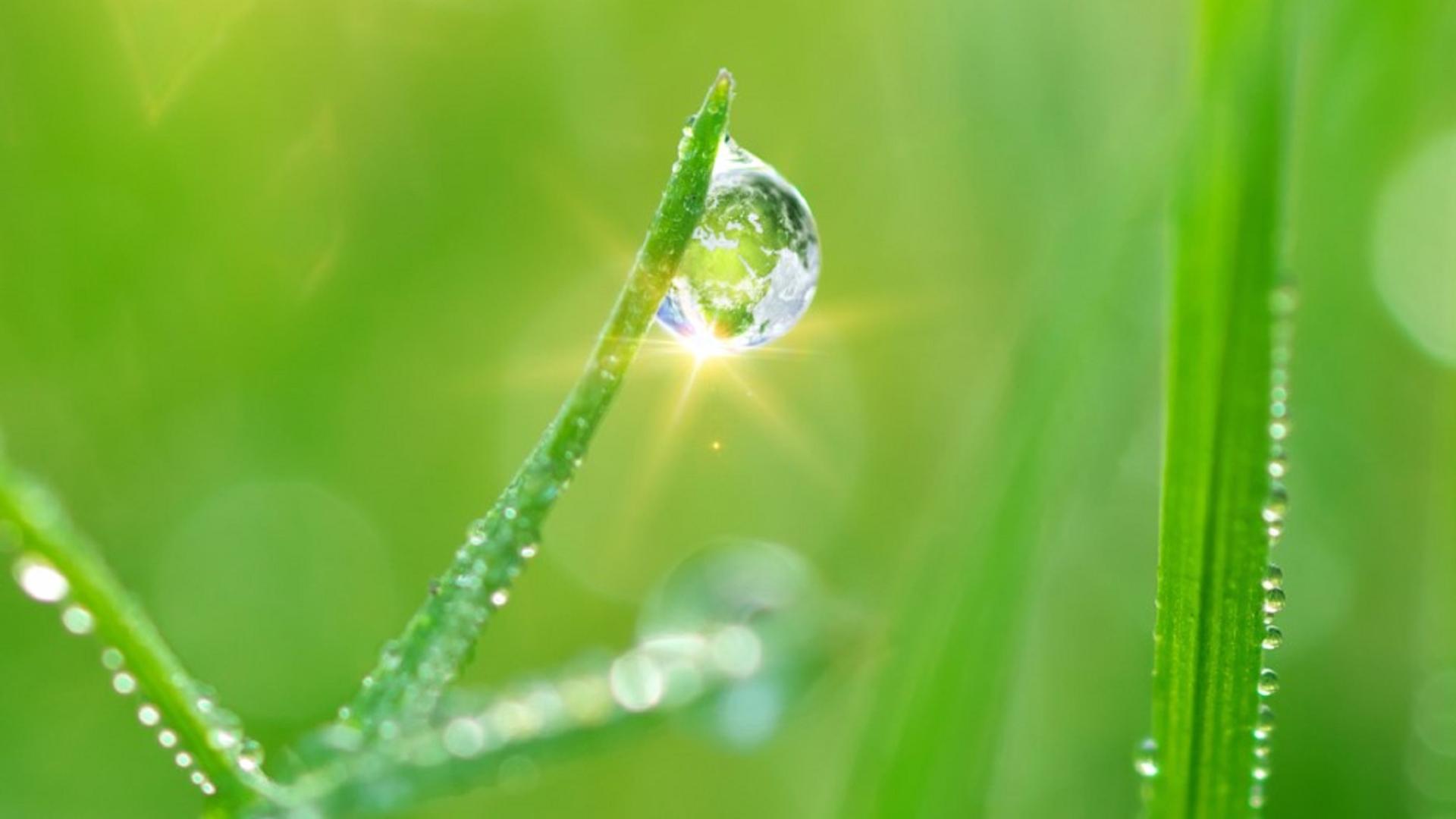Flower strips for bees and biodiversity
Flower strips have become more common along roads and field edges and some mixtures create more value for the insects than others

Bee's favorite dish and flower continuity
Many studies show that we should focus more on composing seed mixtures so that flower strips can form the food basis for a diversity of insects
There is a difference in which plants honey bees, solitary bees, short-tongued bumble bees and long-tongued bumble bees prefer. This knowledge can be used to improve the development of flower seed mixtures.
Clover in flower mixtures benefit bumble bees and honey bees, but clover supports other groups of pollinators to a lesser extent. Many solitary bees prefer easily accessible flowers, e.g. from the Asteraceae (daisy, sunflower) and the Umbellifers (carrot, parsley) plant family.
In general, both the diversity and the number of bees in flower strips increase with the number of plant species in the seed mixture. A seed mixture with many species typically gives a longer and more coherent flowering period in the flower strip.
A Danish study has ranked 12 different flower mixtures for their value as pollen and nectar source for different types of bees. The top 3 mixtures are developed and produced by DLF.
Read the the original article here (Danish) and a translated version (English)